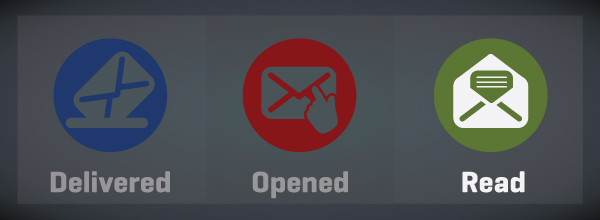Getting your emails read
Email Secrets of the Stars, Part 3 of a three-part series

If your email has 1. survived the spam filters and 2. made it past your reader’s trash bin, what can you do to make sure your message gets read?
Here are a few tips on getting your email read rates up:
Limit the size of your email.
Keeping your email under 700 pixels or 72 characters wide will more likely keep it visible in your reader’s screen. For mobile viewers, keep it under 400 pixels or 40 characters wide. And, don’t write too much in the email. Feel free to include an excerpt with a link to your site, where readers can read the full article.
Always include a text version.
Viewers with low bandwidth need emails to load quickly. Blackberrys don’t render HTML, they just show the HTML gibberish as the message. Make sure you have both HTML and text versions so everyone sees what they want.
Make it personal.
Have the reply-to address be a real person, have that person write and sign the message, include a head shot of the sender, and keep the “voice” in the email warm and real. Readers want to think they’ve received the message because of some connection, not simply as part of a giant group of people receiving an impersonal message from a company.
Looks count.
Emails with images perform better than those without images, but in HTML emails, less is more. Use images where necessary to support your copy, but remember that most people will have the images turned off. Use fonts, colors, and formatting to spice up the look in case readers can’t see your images, but remember to keep it simple. Too many colors or font size changes distract your readers (and can affect your spam rating) so keep to one type family, a set of 2-3 colors, and a coherent image style. And, remember to test to make sure your email looks like you think it should on different machines.
Change is good.
Make minor changes to the layout of your emails from time to time. Users start to ignore things in your emails if they always appear in the same place. Don’t be afraid to move things around, make minor changes in color, and add some new elements each time.
Target your message.
If you have segmented your audience by asking them what type of messages they’d like to receive and how often, your messages are more likely to be read. Check on response rates to each kind of message you send and see if there are messages that are more compelling.
Don’t include too many bells and whistles.
Many email programs don’t know what to do with JavaScript, Flash, or even animated GIFs. Keep those for your websites and concentrate on well-crafted copy and a clean design to deliver your message.